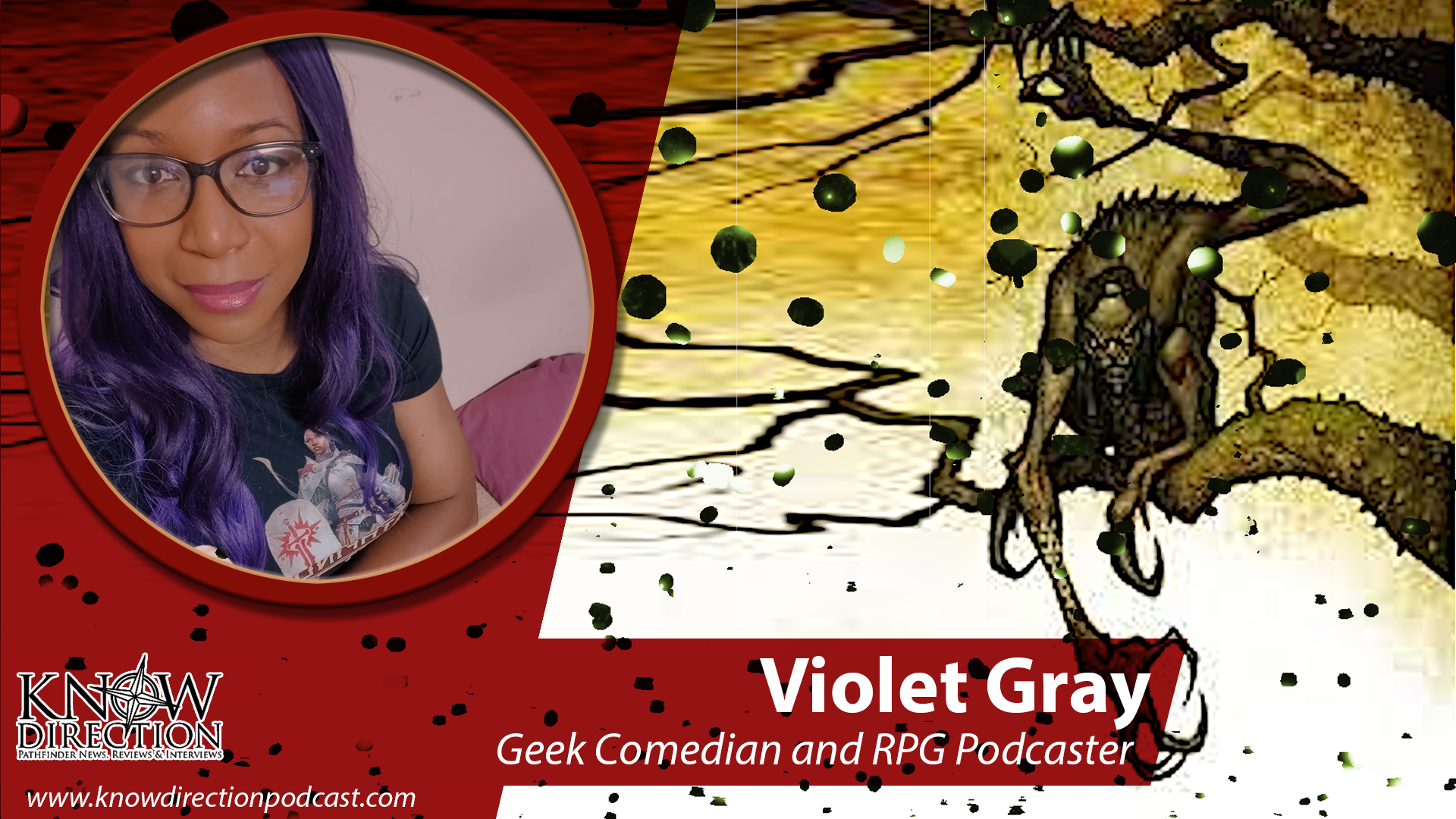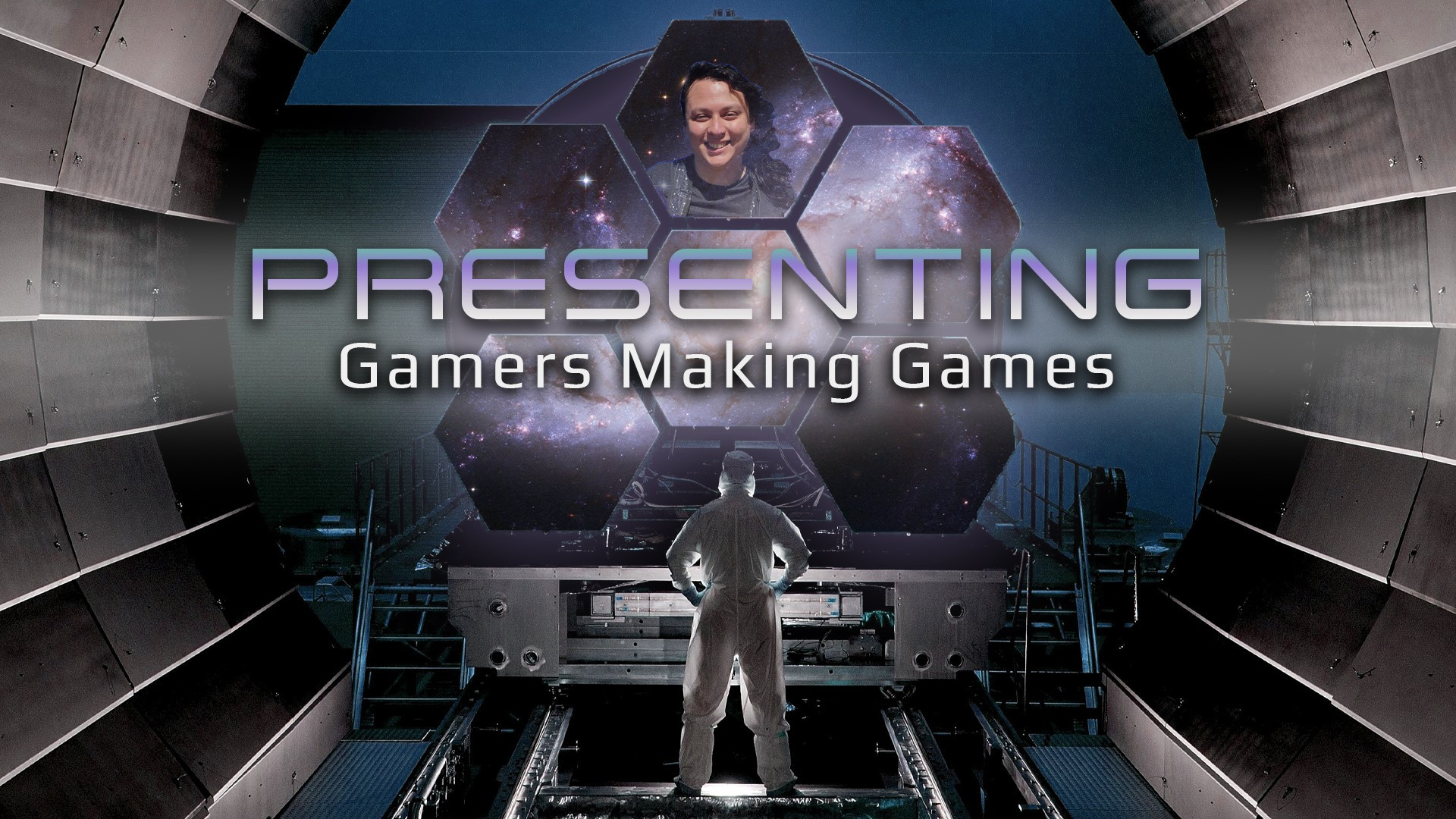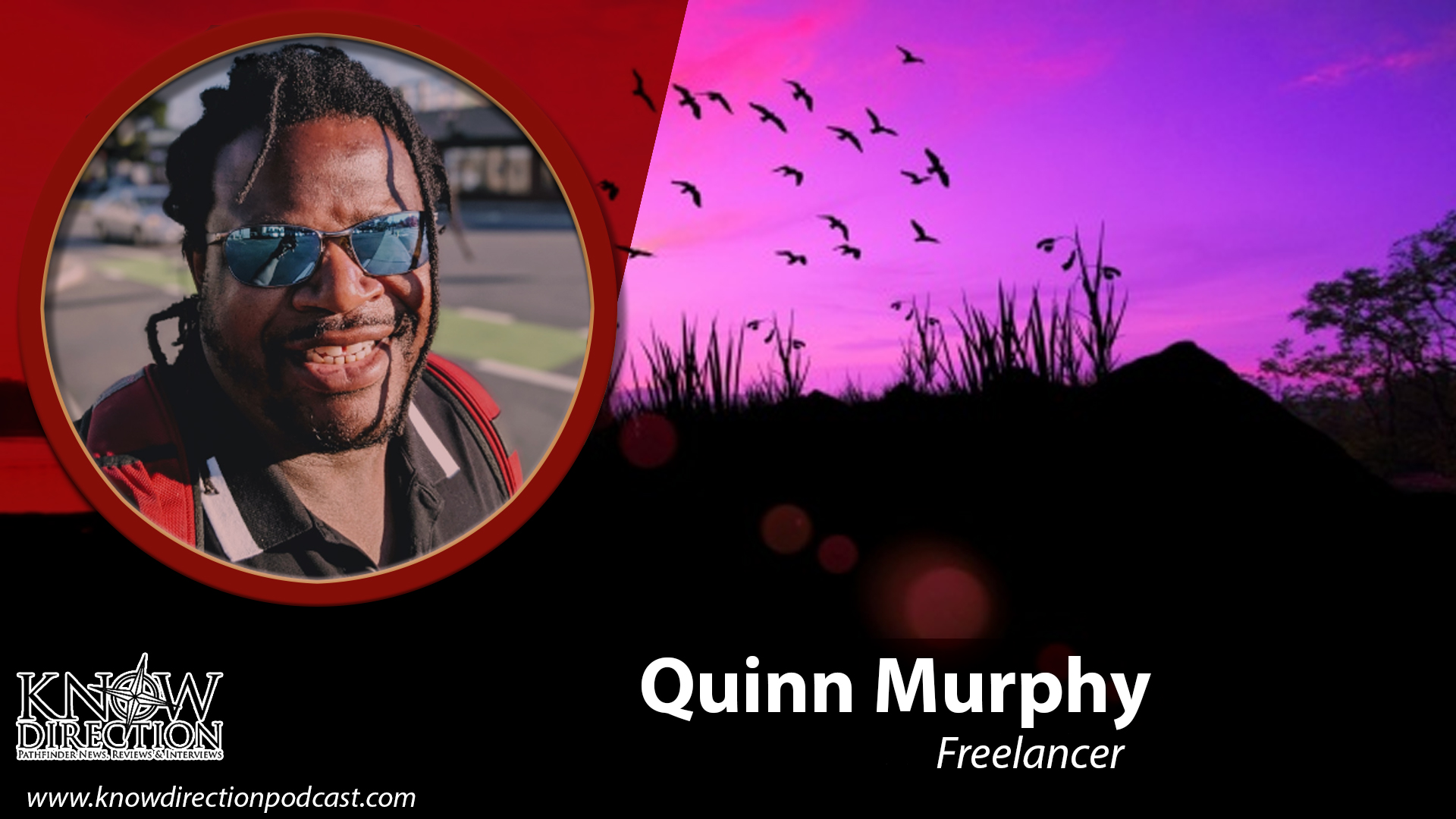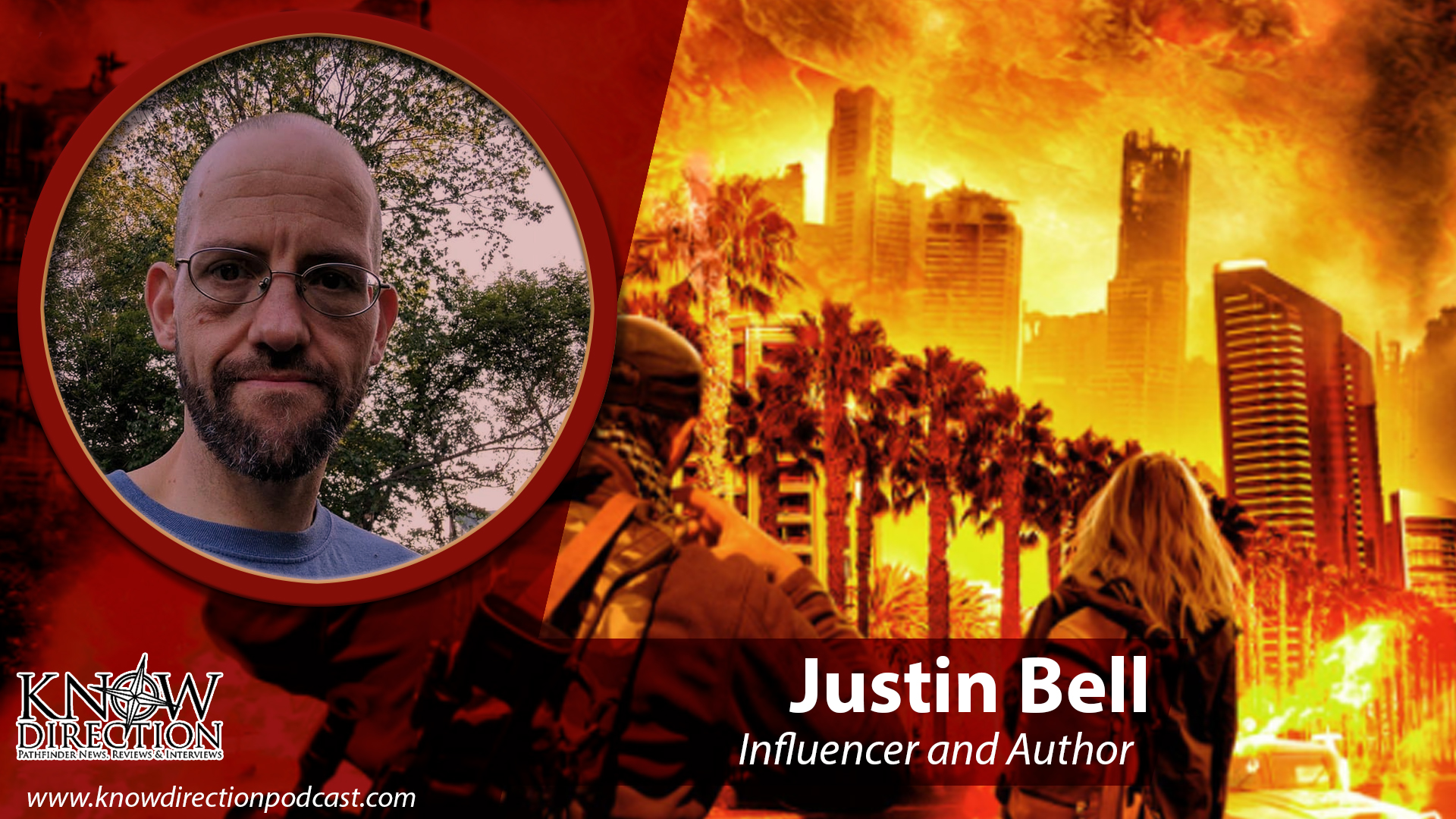The Value of Inclusion in TTRPGs
So I’m going to talk about race for a second. Don’t tense up, this is a positive post I promise. It’s easy to get that sinking feeling whenever the subject comes up because of well.. everything, but this is one of the few situations where I’m actually kind of optimistic so indulge me for a second ok? Ok.
First a bit of background. I was born many eons ago before the legend of the Gazebo, before “save games” were invented, when negative AC was a good thing. An introverted black kid in northwest Baltimore, I would often skip lunch and go to the school library because I’d rather get books than get banked (“banked” is old Baltimore slang for “beaten by several people.”) Back then you didn’t identify as a nerd. Other people identified you as a nerd. It wasn’t a label you wore proudly, it was given to you like some kind of emotional-scar tarot deck.
To avoid constantly being reminded that I was a nerd, I spent my time in the library reading fantasy. There I found my escape from a less-than-ideal environment. That environment had certain expectations of a black boy, and it let me know I was failing at both the “black” and the “boy” parts (though I wouldn’t come out about my gender status until years later.) But for a while each day I could forget all that while I followed the adventures of people with swords trying not to get eaten by various things.
But even while reading these stories I felt a sense of detachment. Because no one in any of these stories ever looked like me, I found it hard to be fully immersed. But this homogeneous exposure also framed my perspective, and it didn’t even occur to me back then to want anything more. If from the time you were born all airplanes only went to Europe, you would think it was an inherent characteristic of airplanes.
Here I read my first fantasy novel “Quag Keep” by Andre Norton, inspired by her first D&D session with Gary Gygax. The story followed a party of heroes whose fate was determined by a roll of the die. It really made me re-think my stance on D&D. Back then the media was telling us it was a Satanic murder-cult (look up the anti-D&D propaganda film “Mazes and Monsters” starring Tom Hanks. Actually, don’t. It’s pretty bad.)
Fast forward to my first D&D session.
I attended an open call I saw on a flyer my freshman year. The GM distractedly helped me build my first character, an elven rogue. Long story short, because the GM wasn’t paying attention to me I decided to go explore another room where I discovered a magic rod, one of the other PCs came in, beat my ass, and took it. Then the three of them ignored me until I packed my things and left.
I don’t think they even noticed I was gone. The vibe wasn’t hostile, it was more like they barely perceived me at all. It was as if my nerd bluetooth wasn’t on.
Later I decided to be the change that I wanted to see and run my own games with diverse settings and characters. Two and a half years ago I decided to start work on my own TTRPG based on a fantasy re-imagining of Africa. I’d seen a few African things here and there in some other materials but I was eager to do my own research. Here are a few of the myths I’ve found:
The Adze is a West African vampire that takes the form of a firefly to make its way into small openings like keyholes and underneath doors to feed on sleeping children. In firefly form it’s indestructible but once captured it will revert to its human form to escape, during which time it is vulnerable. They have the ability to possess others but intentionally seek out sorcerers to gain access to their spells. Cool, right?
The Asanbosam is a red-haired blood drinking demon with metal hooks for feet. It waits in the trees at night for someone to pass underneath then it uses its hooks to swing down at humans and drink their blood with its sharp iron teeth. How awesome is that?
Finding this stuff made me happy but also a bit angry. Why? Because it had always been there. For decades we’ve been sitting around the table killing goblin after goblin, orc after orc, troll after troll over and over while GM’s everywhere could’ve been traumatizing their players with vampire fireflies and hook-footed tree-demons but we missed out because fantasy gaming’s airplanes only went to Europe.
But you know what? Things are changing. With calls for diversity and representation louder and stronger than perhaps they’ve ever been, we’ve seen an influx of diverse creators and new perspectives. I can hear some of you now, “Ummm actually there have always been non-European-focused content in gaming, from Al-Qadim in D&D to ‘Kindred of the East’ in Vampire.” Now I don’t want to dismiss the works of people who have been there trying to add variety, but many early portrayals were superficial if not outright stereotypical. I know the genre has almost never been completely devoid of other representations. But now more than ever I feel seen, like my nerd bluetooth is finally on.
I think perhaps my favorite recent example of this is the Mwangi Expanse supplement for Pathfinder. This extremely thorough and in-depth representation of a fantasy Africa gives GM’s and players near limitless potential for encountering diverse cultures, political intrigue and dangerous beasts. I’m sure I finished that book with a big stupid grin on my face. It feels good to finally feel represented in my favorite pastime.
I also love Paizo’s slow integration of “monster races” into the list of playable ancestries. I’d always had issues with the concept of “enemy races” because in the real world I felt like that’s how people would judge me, and I appreciate the nuance.
I come from an African American perspective but this is good for all of us. There are Asian, Indigenous, Latin and Arabic creators waiting to be heard also and I personally can’t wait to hear what they have to say. I feel like I’m discovering the hobby all over again. Like we’re getting expansion packs. Enjoy it, friends. And if you ever end up in one of my games? I’d advise you to look up into the trees.
Biography
Violet Gray is a gender-nonconforming nerd stand-up comic based in Baltimore, MD. Her comedy is a mixture of geek culture, bizarre observations and politics.When she’s not performing in clubs and at anime and board game conventions Violet can be found herding drunken anarchist cats as the GM of the Laughfinder Podcast. Other than that, you catch her on Facebook live doing an off-the-top freestyle rap session, taking inputs from the chat stream and incorporating them into a song in real time. Follow Violet on Instagram at https://www.instagram.com/chaoticviolet/, or on Twitter at https://twitter.com/VioletSilver.






